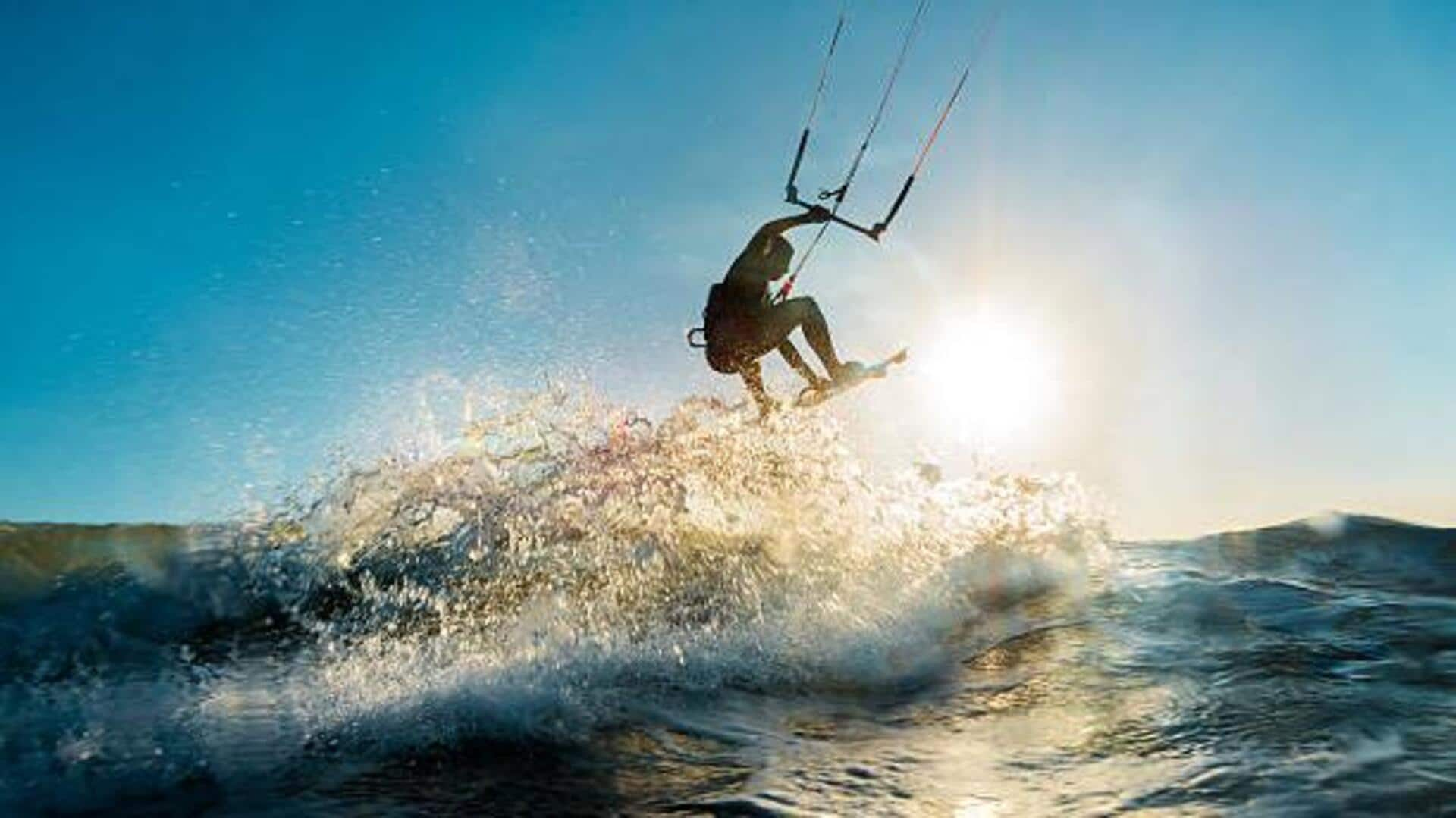
Kite-surfing in Namibia's Skeleton Coast: A guide
What's the story
The Skeleton Coast of Namibia provides a once-in-a-lifetime kite-surfing experience on its vast, rugged coastline. Famous for its dramatic landscape and strong winds, this destination draws adventure junkies from across the globe. The coast is over 500 kilometers long, leaving plenty of space for kite-surfers to explore. With its remoteness and challenging conditions, the Skeleton Coast offers an amazing adventure for those ready to tackle its waves.
Weather
Ideal weather conditions
The ideal time to kite-surf along the Skeleton Coast is between October and March as that's when wind conditions are most favorable. During these months, winds can go as high as 25 knots, offering an excellent lift to kite-surfers. The temperature stays mild, between 15 degrees Celsius and 25 degrees Celsius, making it comfortable to stay on the water for long periods.
Gear
Essential gear checklist
Kite-surfers should arrive equipped with everything as rental options are scarce in this secluded area. Essential gear includes a strong kite for high winds, a sturdy board for rough waters, and a wetsuit to protect against cooler temperatures. Safety gear like helmets and life vests are also advisable due to unpredictable weather changes.
Navigation
Navigating remote locations
Navigating the remote locations of the Skeleton Coast requires careful planning. It's advisable to travel with a GPS device or detailed maps since cellular service can be unreliable in certain areas. Additionally, informing local authorities or guides about your plans ensures assistance in case of emergencies.
Wildlife
Respecting local wildlife
The Skeleton Coast is also known for its diverse wildlife, including seals and various bird species that inhabit its shores. Kite-surfers must keep a respectful distance from these animals while enjoying their sport. Disturbing wildlife can have negative impacts on their natural behavior, and habitat conservation efforts in this region are crucial.